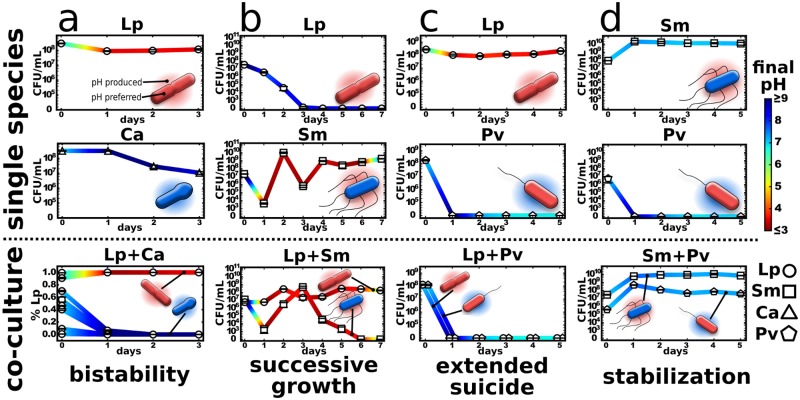Fig 4. Modifying the environment drives interactions between microbes.
Four different interaction types can be found depending on how the environmental changes act on the organisms themselves and each other. (a) L. plantarum and C. ammoniagenes produce bistability. (b) S. marcescens and L. plantarum show successive growth. (c) P. veronii commits extended suicide on L. plantarum. (d) S. marcescens can stabilize P. veronii when the medium is sufficiently buffered. For a more detailed description of the different interactions cases, see the main text. The media composition and protocols are slightly different for the different cases. See Materials and methods for details. We use the words bistability, successive growth, extended suicide, and stabilization merely to characterize the interactions outcomes and not any “intentions” of the bacteria. Linlog scale is used for the y-axis. The bacteria were diluted every 24 h into fresh media with a dilution factor of 1/100x (a and b) or 1/10x (c and d). The data for this figure can be found in S1 Data. Ca, Corynebacterium ammoniagenes; CFU, colony-forming unit; Lp, Lactobacillus plantarum; Pv, Pseudomonas veronii; Sm, Serratia marcescens.

